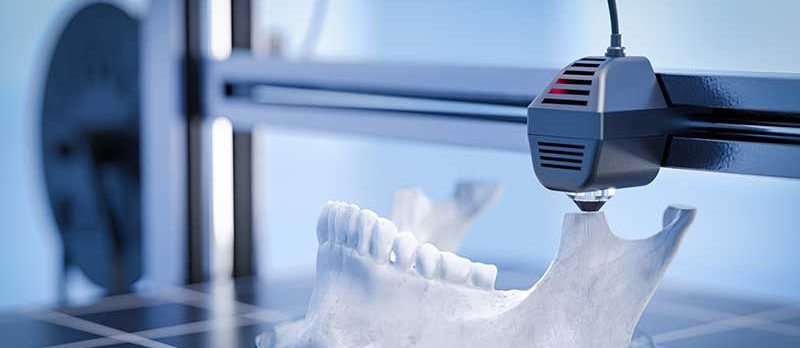Indian pharma and healthcare sectors are relying extensively on 3D printing which reshapes drug design and delivery to propel personalized medicine, complex drug formulations, taste masking paediatric formulations and enables precise control over drug release profiles by manipulating the structure and composition of dosage forms. All these are seen to help in rapid prototyping and accelerate the drug development process.
Biju Davis, SVP, Engineering, Model N, said that in recent years, 3D printing has revolutionised practices across surgery, pharmacology, dentistry and various other branches of the industry. In actively shaping procedures or facilitating them, medical 3D printing enhances processes, products and execution, empowering doctors to safeguard more lives.
Model N is a company focusing on revenue optimization and compliance for pharmaceutical and MedTech with integration of technologies.
With 3D printing devices, researchers can create drug formulations with precise dosages, tailored to meet the needs of individual patients. To improve efficacy and patient compliance, pharmaceutical researchers can manipulate the design and composition of printed dosage forms controlling the duration of drug delivery. It will enable the creation of a sustained-release formulation in therapeutic drug concentrations within the body for an extended period. 3D printing facilities can incorporate multiple active ingredients into a single dose enabling therapies for patients handling multiple health issues simultaneously, Davis told Pharmabiz.
In addition to drug delivery systems, 3D printing is revolutionizing the production of medical devices, prosthetics, and implants. Indian healthcare providers and manufacturers are leveraging this technology to create patient-specific implants and surgical instruments, leading to better treatment outcomes and reduced surgical complications.
The advent of 3D printing introduces a custom implant, prosthetics and orthopaedic devices have enhanced treatment efficacy. Also, the scalability and cost-effectiveness of 3D printing are paving the way for the future when healthcare interventions are optimised, he said.
While the potential of 3D printing in pharmaceuticals and healthcare is vast, there are regulatory challenges concerning quality control, standardization, and validation of 3D-printed products. Indian regulatory agencies are working to establish guidelines and standards to ensure the safety, efficacy, and quality of 3D-printed drugs and medical devices, said Davis.
Just like 3D printing adoption of artificial intelligence (AI) and machine learning are accelerating drug discovery. This along with speech recognition to medical imaging and improved supply chain management, AI is providing enterprises the compute power, tools, and algorithms their teams need to do their life’s work.
Globally too , companies like Nvidia, Microsoft, Amazon, Google to name are investing a lot in building AI/ML models to help businesses across every industry. In the pharmaceutical industry, AI and ML are poised to transform the landscape of drug discovery. By deciphering intricate biological data and optimising the drug development journey, both AI and ML can drive faster predictions for better decision making, resulting in a new era of innovation, Davis noted.
Traditional methods of drug discovery often rely on time-consuming experiments and costly processes but with the help of these latest technologies, we can accelerate the drug discovery process. One of the major challenges in traditional drug discovery was the screening of thousands or even millions of compounds to find potential drug candidates. With the help of AI algorithms, scientists can now analyse vast amounts of biological data, including genomic data, protein structures and drug interactions, to identify potential drug candidates and predict their efficacy, he said.
AI algorithms can uncover connections between drugs and diseases. Also, researchers can ensure regulatory compliance by analysing and interpreting complex regulatory requirements and guidelines, said Davis.
This article was originally published on PharmaBiz.














